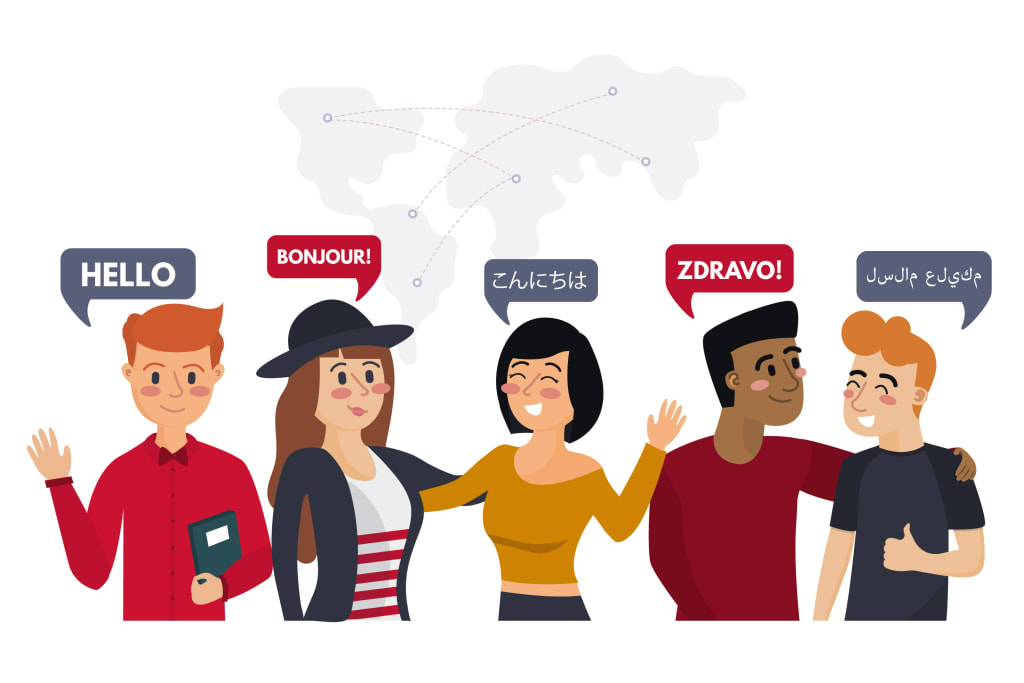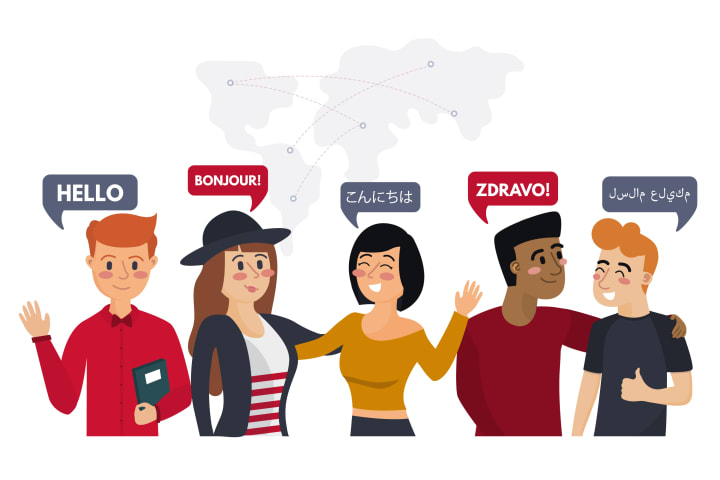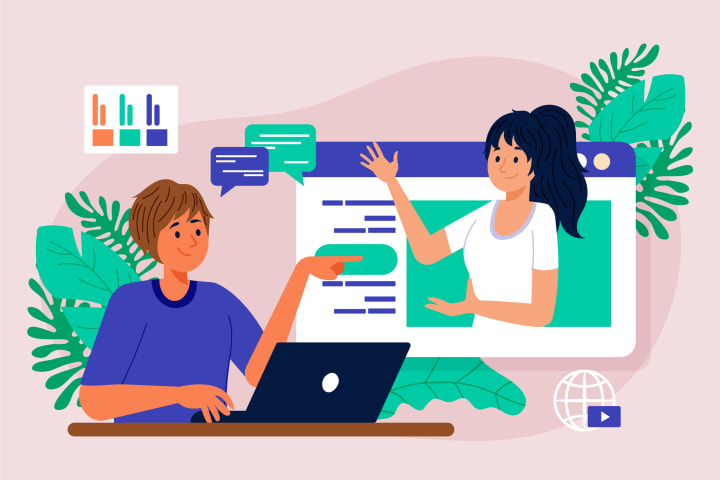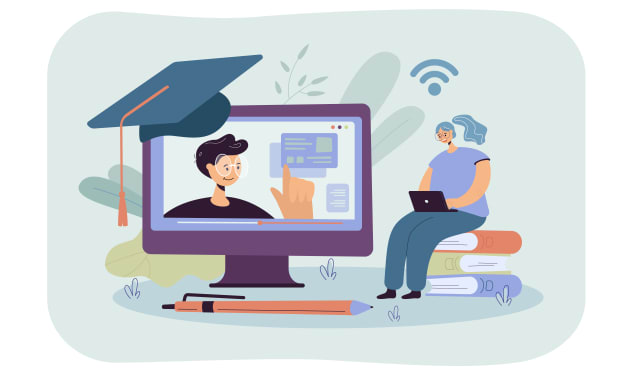Effective eLearning Translation
7 Steps to Reach a Global Audience

As the world becomes increasingly interconnected, businesses and educational institutions are expanding their reach to global audiences. eLearning has emerged as a powerful tool for delivering knowledge and training across borders. However, to effectively engage learners from different cultural and linguistic backgrounds, it’s crucial to translate eLearning content accurately and thoughtfully. This article outlines seven essential steps to translate eLearning content for global audiences, ensuring it is accessible, relevant, and engaging for all learners.

1. Conduct a Cultural Analysis
Understanding Cultural Nuances
Before embarking on the translation process, it’s essential to understand the cultural context of your target audience. Cultural nuances can significantly impact how content is perceived. Elements such as humor, idioms, gestures, and even colors can have different meanings in different cultures. Conducting a cultural analysis helps in adapting the content to be culturally appropriate and relatable.
Tips:
- Research cultural norms and values of the target audience.
- Engage cultural consultants or local experts to provide insights.
- Be mindful of sensitive topics and avoid cultural stereotypes.
2. Choose the Right Translation Team
Selecting Skilled Translators
The success of eLearning content translation largely depends on the quality of the translation team. It’s crucial to choose translators who are not only fluent in the target language but also have expertise in the subject matter. This ensures that the content is not only linguistically accurate but also contextually relevant.
Tips:
- Hire professional translators with experience in eLearning.
- Look for translators with expertise in the specific field of your content.
- Consider using native speakers to ensure cultural accuracy.
3. Develop a Glossary and Style Guide
Ensuring Consistency
Creating a glossary and style guide before starting the translation process helps maintain consistency across all translated content. A glossary includes key terms and phrases along with their approved translations, while a style guide outlines preferred terminology, tone, and formatting guidelines.
Tips:
- Collaborate with subject matter experts to develop the glossary.
- Include cultural notes and context for terms that may have multiple meanings.
- Regularly update the glossary and style guide as new content is developed.

4. Leverage Translation Technology
Utilizing CAT Tools
Computer-Assisted Translation (CAT) tools can significantly enhance the efficiency and accuracy of the translation process. These tools help manage translation memory, ensuring consistency and speeding up the translation of repetitive content.
Tips:
- Use CAT tools to maintain a translation memory database.
- Take advantage of terminology management features.
- Ensure the tools support the languages and formats required for your content.
5. Adapt Multimedia Elements
Translating Beyond Text
eLearning content often includes multimedia elements such as images, audio, and video. These elements must also be adapted for global audiences. This may involve translating subtitles, dubbing voiceovers, or creating culturally appropriate images and graphics.
Tips:
- Translate subtitles and scripts for audio and video content.
- Use local voice actors for dubbing to ensure authenticity.
- Adapt images and graphics to be culturally relevant and inclusive.
6. Implement a Review and Quality Assurance Process
Ensuring Accuracy and Quality
A thorough review and quality assurance (QA) process is essential to ensure the translated content meets high standards of accuracy and quality. This involves multiple rounds of review, including linguistic, technical, and functional testing.
Tips:
- Conduct linguistic review to check for translation accuracy.
- Perform technical testing to ensure functionality across devices and platforms.
- Seek feedback from native speakers and target audience representatives.
7. Localize and Test User Experience
Customizing for Local Audiences
Localization goes beyond translation by adapting the content to fit the cultural and regional specifics of the target audience. This includes customizing user interfaces, currencies, date formats, and other region-specific elements. Testing the localized content ensures it provides a seamless and effective learning experience.
Tips:
- Customize user interfaces to match local preferences.
- Adapt region-specific elements like currencies, dates, and measurements.
- Conduct usability testing with local users to identify and fix any issues.

Conclusion
Translating eLearning content for global audiences is a multifaceted process that requires careful planning and execution. By following these seven essential steps — conducting a cultural analysis, choosing the right translation team, developing a glossary and style guide, leveraging translation technology, adapting multimedia elements, implementing a review and QA process, and localizing and testing the user experience — you can ensure your eLearning content is accessible, relevant, and engaging for learners worldwide. Embrace these strategies to break down language barriers and create impactful learning experiences for a diverse global audience.
About the Creator
Enjoyed the story? Support the Creator.
Subscribe for free to receive all their stories in your feed. You could also pledge your support or give them a one-off tip, letting them know you appreciate their work.





Comments
There are no comments for this story
Be the first to respond and start the conversation.